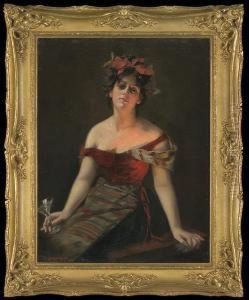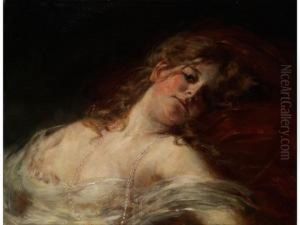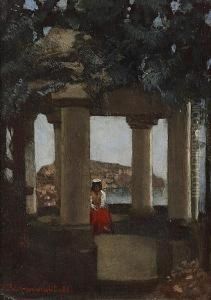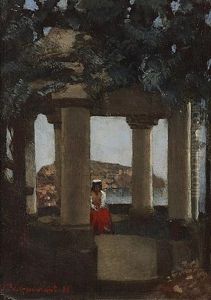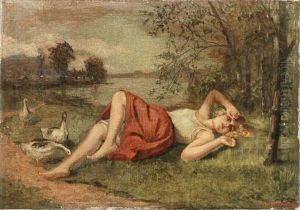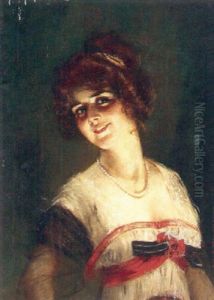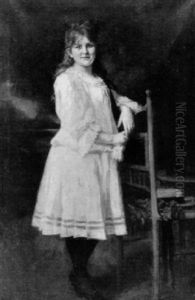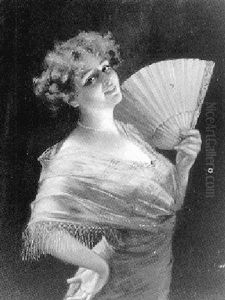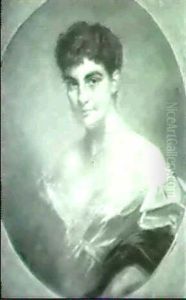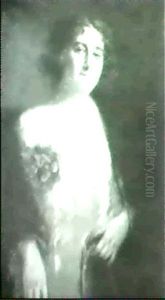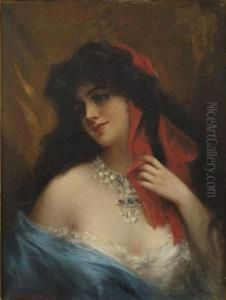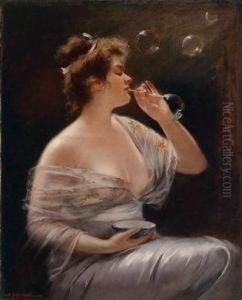Bernhard Zickendraht Paintings
Bernhard Zickendraht was a German-American artist, born in 1883 in Frankfurt am Main, Germany. During his life, he was known for his work as a painter and etcher, contributing to the art scenes in both his home country and the United States, where he eventually settled.
Initially, Zickendraht studied architecture at the Technical University of Munich, which likely influenced his strong sense of structure and perspective in his later artworks. However, he found his true calling in the visual arts and shifted his focus to painting and etching.
Zickendraht moved to the United States in the early 20th century, a period of great change and modernization. He spent a significant amount of time in New York, where he was inspired by the bustling cityscape and the dynamic energy of American life. His works from this period often depict urban scenes, capturing the architecture and the vibrancy of city life with a keen eye for detail and a penchant for realism.
In the United States, Zickendraht became part of the artistic milieu, engaging with contemporary movements and exhibiting his work. His etchings, in particular, garnered attention for their technical expertise and artistic quality. Zickendraht's work was exhibited in several prominent venues, including the Chicago Art Institute, and he was a member of various art associations, such as the Salmagundi Club in New York.
Despite the recognition, Zickendraht remained relatively obscure in the broader panorama of art history, and much of his life and work have only been pieced together from exhibition records and the occasional mention in art journals of the time.
Bernhard Zickendraht's life and artistic career were cut short when he passed away in 1937. Although not as widely known or celebrated as some of his contemporaries, his contribution to the art world, particularly in the realm of etching, remains a testament to the cultural exchanges between Europe and America during a period of intense artistic innovation and cross-fertilization.
